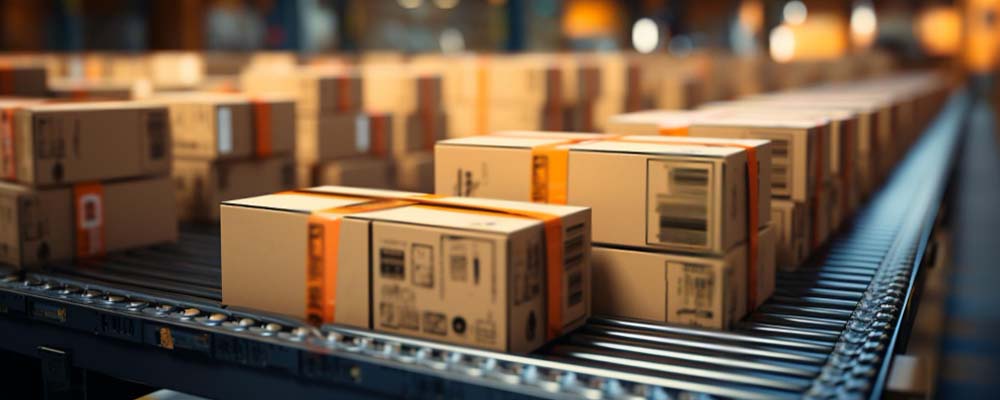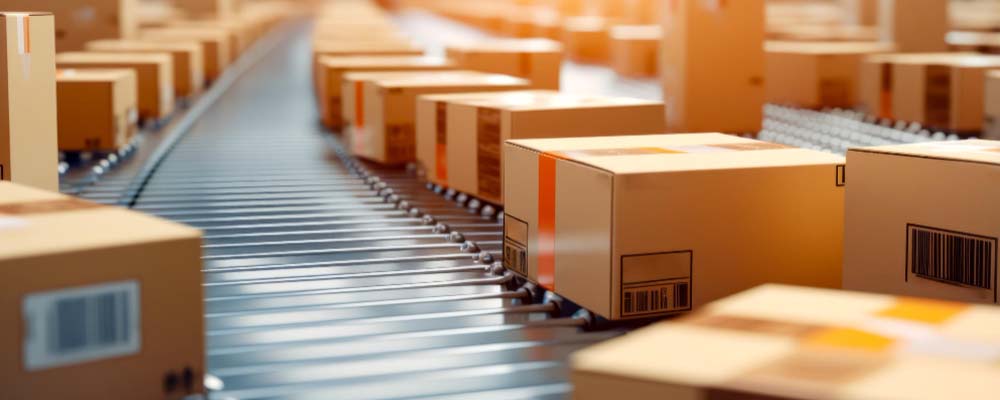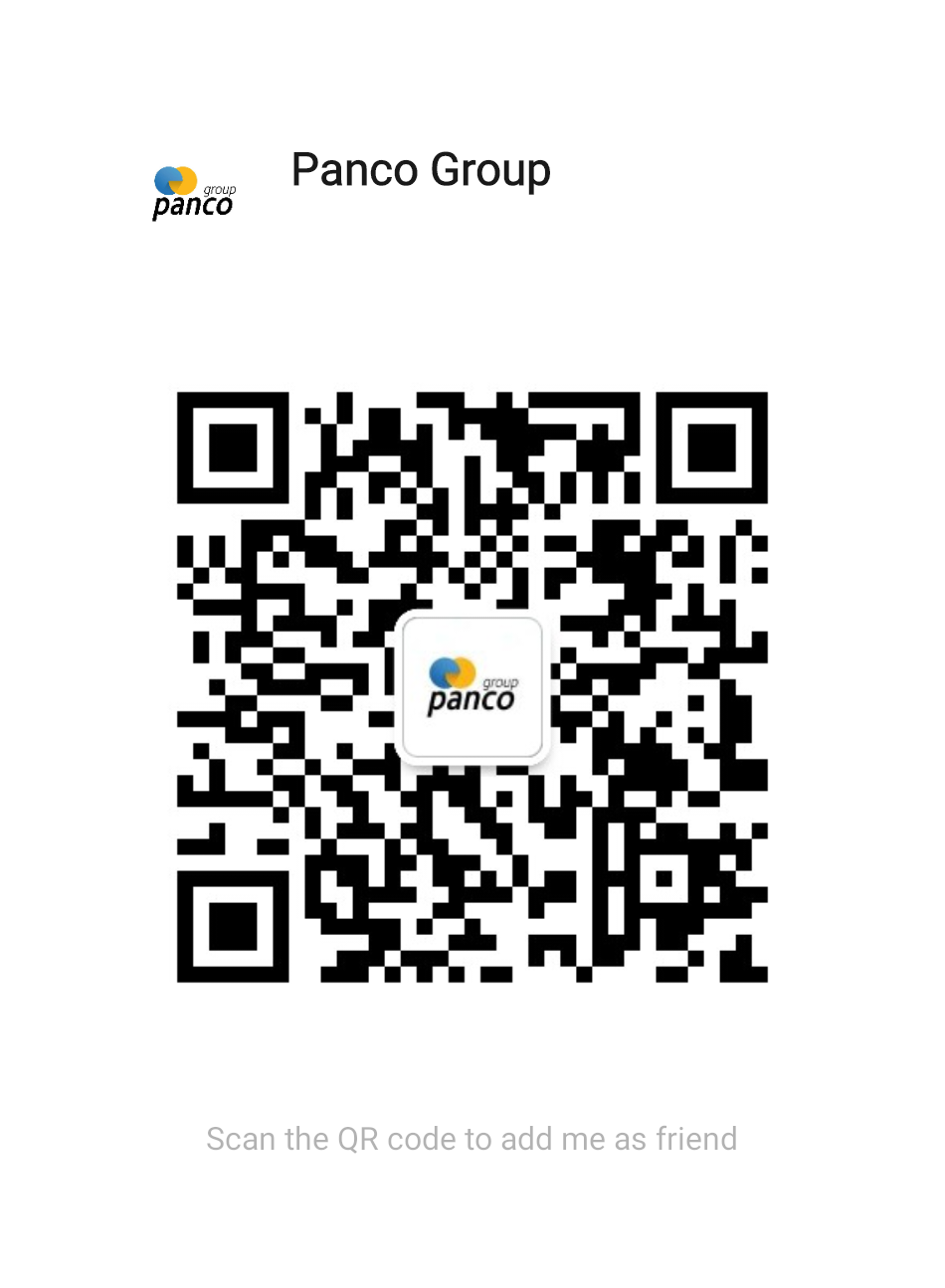
Bangladesh has emerged as a dynamic hub for trade and commerce, driven by its growing economy, strategic location, and increasing consumer demand. In 2024, the country’s import landscape reflects its economic trajectory, industrial needs, and aspirations for modernization. For freight forwarding companies, logistics providers, customs brokers, and businesses involved in global trade, understanding the key imports to Bangladesh is crucial for aligning strategies and optimizing operations.
In this blog, we delve into the top 10 imports to Bangladesh in 2024, offering insights into market trends, industry dynamics, and opportunities for businesses.
1. Machinery and Equipment
Overview
Machinery and equipment remain the largest category of imports into Bangladesh. This includes industrial machinery, electrical machinery, and power generation equipment. The country’s focus on infrastructure development, industrialization, and power projects drives this demand.
Key Insights
- Sectors Driving Demand: Textiles, garments, construction, and manufacturing sectors are primary consumers of imported machinery.
- Source Countries: Major exporters include China, Germany, and Japan.
- Challenges: High tariffs and complex customs procedures can pose challenges for importers.
Opportunities
- Freight forwarders and logistics providers can focus on offering efficient solutions for bulky, high-value shipments.
- Customs brokers can help businesses navigate regulatory complexities for industrial machinery imports.
2. Textiles and Fabrics
Overview
Although Bangladesh is one of the world’s largest garment exporters, the country imports a significant quantity of textiles and fabrics for its thriving ready-made garment (RMG) industry.
Key Insights
- Types of Imports: Cotton, synthetic fibers, and woven fabrics are the top imported items.
- Source Countries: India, China, and Pakistan dominate as leading exporters.
- Market Trends: Rising global demand for sustainable and recycled fabrics is influencing import patterns.
Opportunities
- Logistics vendors can capitalize on the high volume of textile imports by providing cost-effective, large-capacity shipping solutions.
- E-commerce businesses can explore niche markets for fabric imports catering to small-scale designers and manufacturers.
 3. Petroleum and Crude Oil
3. Petroleum and Crude Oil
Overview
Bangladesh’s energy needs are expanding rapidly, and the country relies heavily on imports of petroleum products and crude oil to meet its requirements.
Key Insights
- Consumption Trends: Power generation and transportation sectors are the largest consumers.
- Source Countries: Saudi Arabia, Kuwait, and the UAE are key suppliers.
- Infrastructure Needs: The lack of adequate storage facilities and refining capacity affects the efficiency of this import segment.
Opportunities
- Freight companies can focus on providing specialized logistics solutions for liquid bulk transport.
- Manufacturers can explore opportunities in local refining and processing industries.
4. Electronic Products and Components
Overview
With the rise of digital transformation, the demand for electronic goods, including consumer electronics, IT hardware, and communication equipment, has surged in Bangladesh.
Key Insights
- Popular Products: Smartphones, laptops, and network equipment are leading imports.
- Source Countries: China, South Korea, and Vietnam are major suppliers.
- Market Trends: Growth in e-commerce and increasing internet penetration are driving demand.
Opportunities
- Importers can benefit from duty-free facilities offered in special economic zones (SEZs).
- Freight providers can cater to the fast-paced delivery requirements of electronic goods.
5. Chemicals and Fertilizers
Overview
Bangladesh imports significant quantities of chemicals for its industrial, agricultural, and pharmaceutical sectors. Fertilizers are particularly crucial for the country’s large agricultural base.
Key Insights
- Types of Chemicals: Industrial chemicals, dyes, and solvents are key imports.
- Source Countries: China, India, and Saudi Arabia are leading exporters.
- Market Trends: Increasing focus on eco-friendly chemicals and organic farming practices.
Opportunities
- Logistics companies can offer bulk transport services to reduce costs for importers.
- Customs brokers can support the clearance of specialized chemicals subject to stringent safety regulations.
 6. Edible Oils
6. Edible Oils
Overview
Edible oil is one of the most imported commodities in Bangladesh, as domestic production is insufficient to meet the growing demand for cooking oil.
Key Insights
- Types of Oils: Palm oil, soybean oil, and sunflower oil are the most imported varieties.
- Source Countries: Indonesia, Malaysia, and Brazil dominate this segment.
- Consumption Trends: Rising population and urbanization are driving demand for edible oils.
Opportunities
- Importers can explore opportunities to introduce premium, health-focused oil products.
- Freight forwarders can optimize transport for temperature-sensitive shipments.
7. Iron and Steel
Overview
Iron and steel imports are critical for Bangladesh’s construction and manufacturing industries. Infrastructure development and urbanization are key drivers.
Key Insights
- Types of Imports: Flat-rolled products, semi-finished steel, and scrap metal.
- Source Countries: China, India, and Japan are prominent suppliers.
- Market Trends: High demand for affordable, high-quality steel products.
Opportunities
- Logistics providers can streamline port-to-factory transportation for these heavy goods.
- Customs brokers can help minimize delays in clearance for large consignments.
8. Pharmaceuticals and Medical Equipment
Overview
As Bangladesh’s healthcare sector expands, the demand for imported pharmaceuticals and medical equipment is rising significantly.
Key Insights
- Products in Demand: Vaccines, diagnostic equipment, and life-saving drugs.
- Source Countries: India, Germany, and the United States lead the list of exporters.
- Market Trends: Increased health awareness and government initiatives to modernize healthcare.
Opportunities
- Freight forwarders can offer temperature-controlled logistics solutions for sensitive goods.
- E-commerce businesses can explore opportunities in online medical supplies distribution.
9. Food Grains
Overview
Despite being an agricultural country, Bangladesh relies on imports of food grains such as wheat, maize, and pulses to meet domestic demand.
Key Insights
- Source Countries: Russia, Ukraine, and Australia are key exporters.
- Market Trends: Growing middle-class consumption of diverse food products.
- Challenges: Supply chain disruptions and price volatility in global markets.
Opportunities
- Importers can explore sustainable sourcing options to reduce dependency on volatile markets.
- Logistics companies can offer storage and distribution solutions tailored for food grains.
 10. Vehicles and Automotive Parts
10. Vehicles and Automotive Parts
Overview
Bangladesh’s burgeoning middle class and improved purchasing power have spurred the demand for vehicles and automotive parts.
Key Insights
- Popular Imports: Passenger cars, commercial vehicles, and spare parts.
- Source Countries: Japan, India, and Thailand dominate the market.
- Market Trends: Increased interest in electric vehicles (EVs) and hybrid technology.
Opportunities
- Freight forwarders can specialize in transporting vehicles and providing end-to-end solutions.
- Manufacturers can explore opportunities in assembling and distributing EVs locally.
Emerging Trends in Bangladesh’s Import Landscape
1. Digitalization of Trade
Digital platforms and blockchain technology are streamlining customs processes and enhancing transparency in import operations. Businesses involved in trade with Bangladesh should leverage digital tools to optimize efficiency.
2. Focus on Sustainability
The demand for environmentally sustainable products and practices is shaping the import landscape. Companies that align with these values may gain a competitive edge.
3. Expansion of Special Economic Zones
Special economic zones (SEZs) are attracting foreign investments and facilitating smoother import processes for certain goods.
4. Rising Consumerism
Bangladesh’s growing middle class and urban population are creating a surge in demand for consumer goods, ranging from electronics to processed foods.
Key Challenges for Importers
1. Infrastructure Bottlenecks
Limited port capacity and inadequate transport infrastructure can delay shipments and increase costs.
2. Regulatory Complexities
High tariffs, non-tariff barriers, and changing trade policies pose challenges for businesses.
3. Global Market Volatility
Fluctuations in global prices and exchange rates can impact profitability for importers.
How Freight Forwarders and Logistics Providers Can Add Value
- Streamlined Documentation: Helping importers navigate complex customs paperwork.
- Cost-Effective Solutions: Offering bulk transport options to minimize costs.
- Technology Integration: Providing tracking systems for real-time visibility of shipments.
- End-to-End Services: Ensuring seamless coordination from port to destination.
 Conclusion
Conclusion
Bangladesh’s import landscape in 2024 is shaped by its economic priorities, industrial expansion, and growing consumer base. For freight forwarders, logistics providers, customs brokers, and businesses in the trade ecosystem, these insights highlight the opportunities to tap into the country’s evolving import needs. By aligning with market trends, leveraging technology, and offering tailored solutions, stakeholders can thrive in this dynamic environment.
Stay ahead of the curve by understanding the nuances of these key imports and aligning your strategies to serve this promising market effectively. Whether you’re a logistics vendor, an importer, or a customs broker, the opportunities in Bangladesh’s import sector are vast and waiting to be seized.




 3. Petroleum and Crude Oil
3. Petroleum and Crude Oil 6. Edible Oils
6. Edible Oils 10. Vehicles and Automotive Parts
10. Vehicles and Automotive Parts Conclusion
Conclusion




